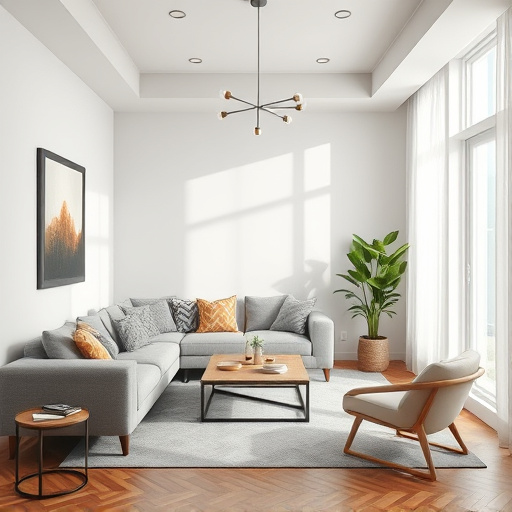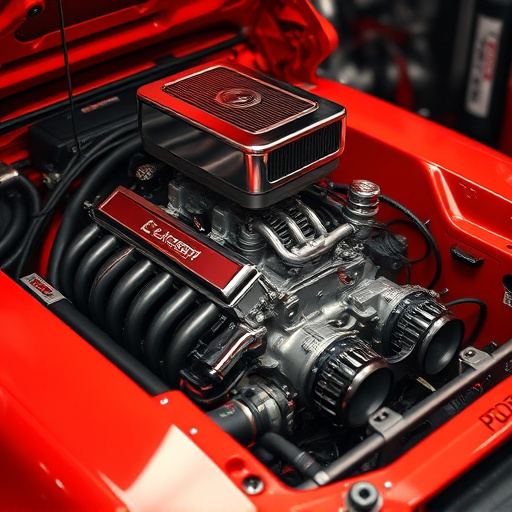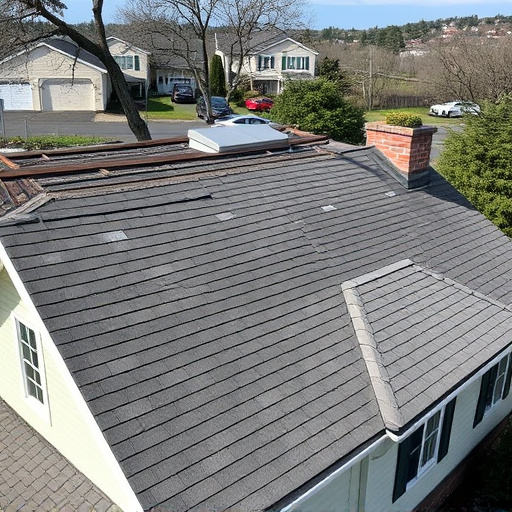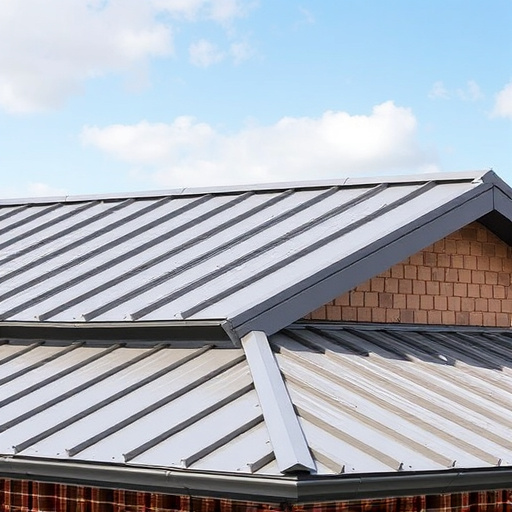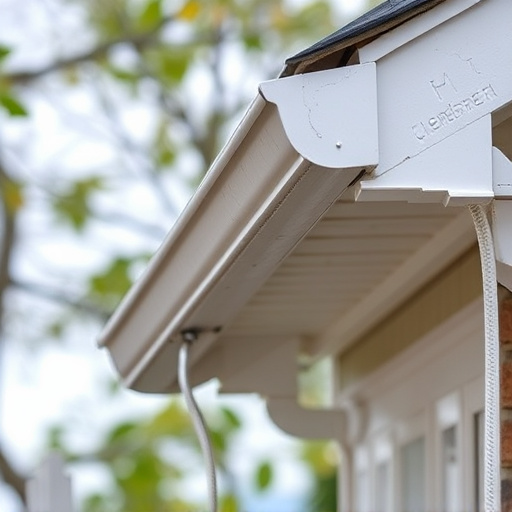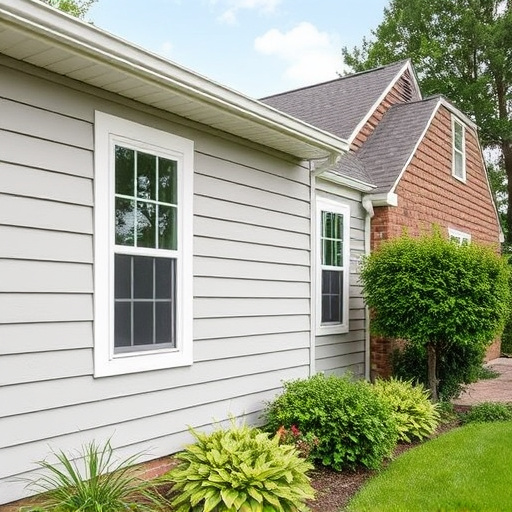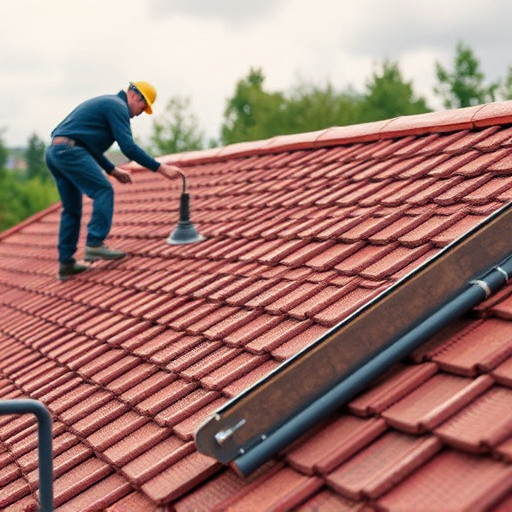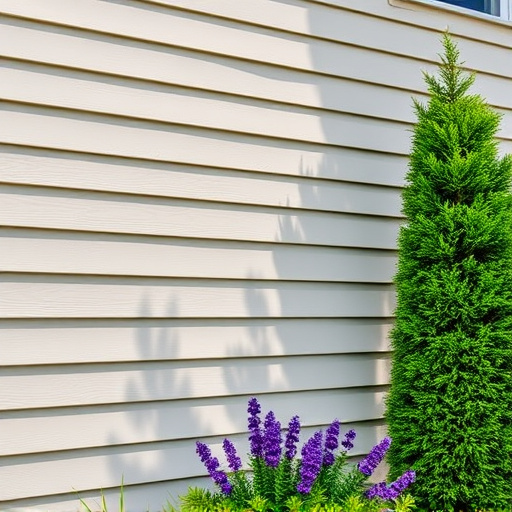If exterior siding shows damage like cracks, chips, fading, or mold, replace it to prevent structural issues and higher energy costs. Upgrading to modern materials like vinyl, fiber cement, or wood enhances insulation, boosts energy efficiency, increases property value, repels pests, and ensures long-term home integrity. Choosing the right exterior siding based on aesthetics, climate, maintenance, and home design complements your property while withstanding elements.
Is your home showing signs of aged exterior siding? Time to update! Discover common indicators that signal it’s time for new siding, explore the numerous benefits of an upgrade, and learn how to choose the perfect material for your home’s unique needs. From enhancing curb appeal to improving energy efficiency, investing in quality exterior siding is a smart decision that offers both functionality and style.
- Common Signs of Damaged or Old Siding
- Benefits of Upgrading Exterior Siding
- Choosing the Right Material for Your Home's Exterior
Common Signs of Damaged or Old Siding
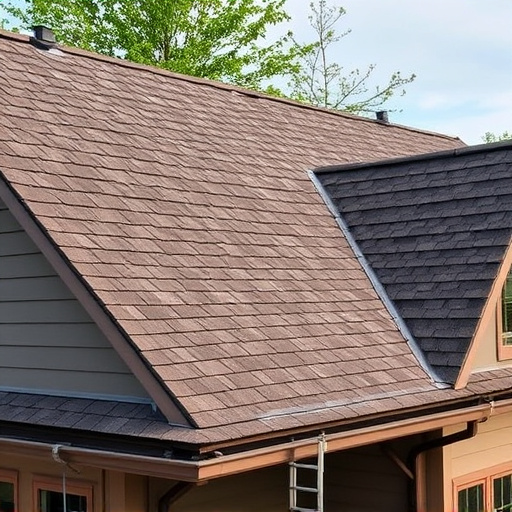
If your home’s exterior is starting to look a bit shabby, it might be time to consider new exterior siding. Damaged or old siding is often an indicator that your home needs some tender loving care. There are several common signs that your exterior siding requires attention and should be replaced. One of the most noticeable symptoms is visible damage, such as cracks, chips, or peeling. Over time, exposure to the elements can cause siding to deteriorate, leading to these structural flaws.
Another red flag is faded colors and a lack of vibrancy. New siding typically boasts a rich, attractive finish that protects your home from the sun’s UV rays. If your siding has lost its luster and appears dull or stained, it might be time for a refresh. Moreover, if there are signs of water damage, like mold or mildew growth, or if you notice increased energy costs due to poor insulation, it could be worth exploring roofing services and consulting with a roof consultant to assess the need for new exterior siding as part of a broader home improvement project.
Benefits of Upgrading Exterior Siding
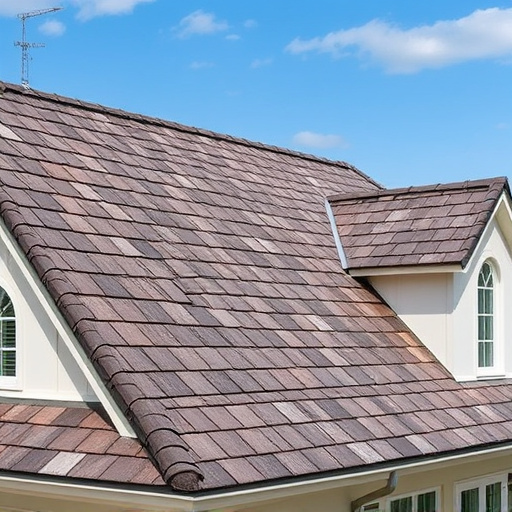
Upgrading your home’s exterior siding offers a multitude of benefits that go beyond aesthetic appeal. Modern siding options, such as vinyl, fiber cement, or wood, are designed to withstand harsh weather conditions, including high winds, heavy rain, and freezing temperatures—all while providing exceptional insulation. This not only enhances energy efficiency, reducing heating and cooling costs, but also creates a more comfortable living environment.
Moreover, new exterior siding significantly increases the property’s value. A well-maintained, visually appealing exterior makes your home more attractive to potential buyers, should you decide to sell in the future. It also protects against damage caused by pests, mold, and mildew, ensuring the longevity of your home’s structure and reducing long-term maintenance costs. For both residential and commercial properties, upgrading siding is an investment that pays off in durability, savings, and curb appeal.
Choosing the Right Material for Your Home's Exterior
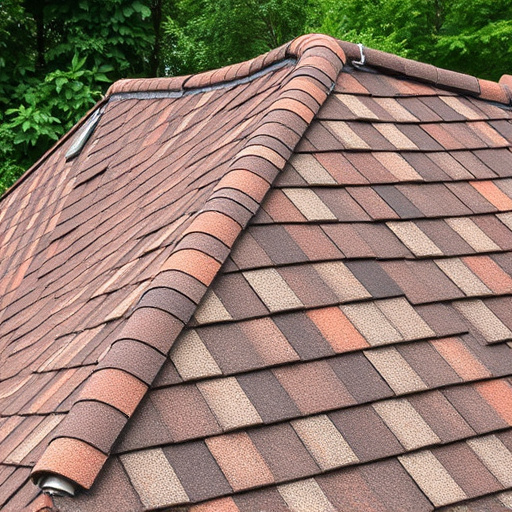
When considering exterior siding for your home, selecting the right material is crucial as it significantly impacts both the aesthetics and longevity of your property. The market offers a plethora of options, each with unique characteristics, ensuring there’s a suitable choice for every taste and budget. For instance, traditional vinyl siding is popular due to its low maintenance requirements, durability, and ability to mimic the look of wood without the constant painting. On the other hand, fiber cement siding combines strength and fire resistance with an appealing natural finish, making it a robust and long-lasting investment.
Choosing the right exterior siding also involves matching the material to your home’s architectural style. For traditional or Victorian homes, a more intricate design might enhance their historic charm, while contemporary structures often benefit from sleek, flat panels that complement their clean lines. Moreover, considering local climate conditions is essential; in areas prone to extreme temperatures and harsh weather, durable materials like vinyl or fiber cement excel, whereas wood may require more frequent maintenance to withstand such conditions, offering a range of residential siding options tailored to diverse needs through home service solutions and roofing solutions.
If you’ve noticed signs of damaged or old exterior siding, it’s time to consider an upgrade. The benefits are clear: improved curb appeal, increased home value, enhanced energy efficiency, and better protection against the elements. When choosing a new exterior siding material, research your options to find the best fit for your home’s style and your budget. Investing in quality exterior siding can protect your home for years to come, ensuring it looks as good as new while also providing practical benefits.

